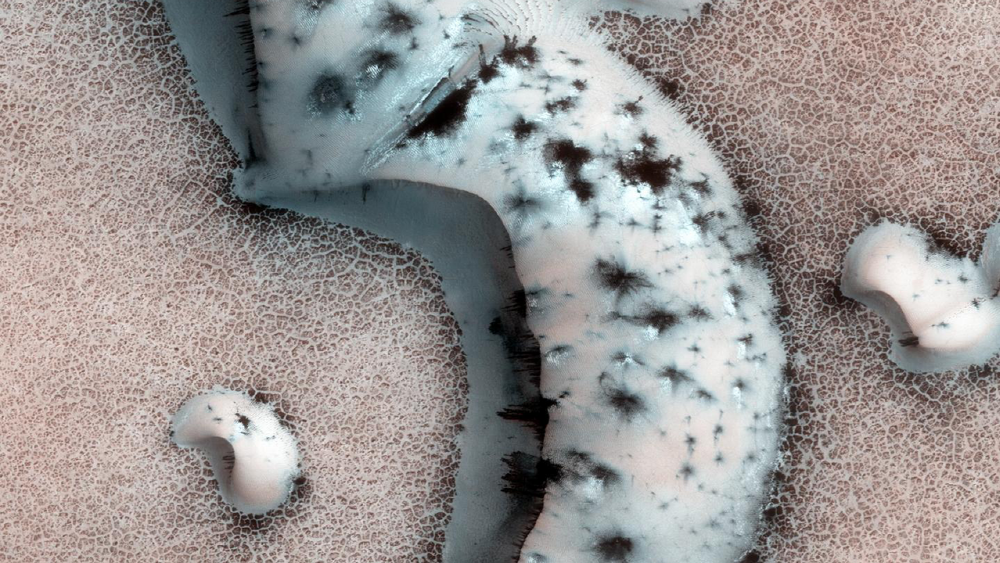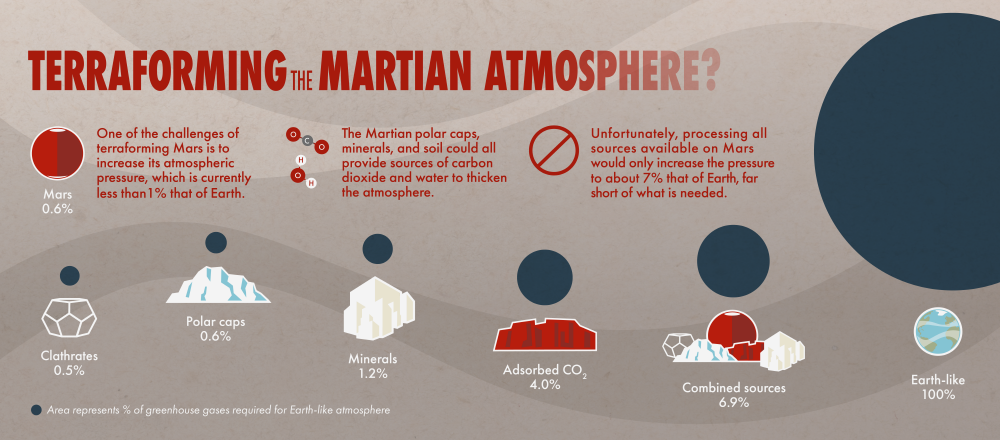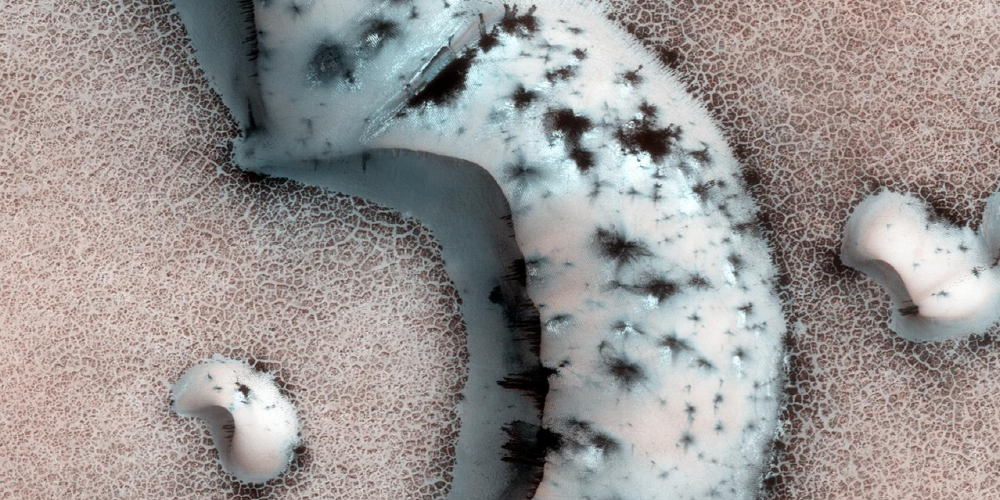
The surface of Mars is too cold and not an inhabitable environment. However, if humans form a colony someday, we need a material to prevent the cold. What should I do.
Scientists now suggest using an insulating material called silica aerogel to create an environment that favors photosynthetic organisms, such as plants, on parts of the Martian surface. It is far from the terraforming plan to globalize Mars as it is assumed to be possible only by some. If the airgel membrane was placed on a frozen location like a skating rink, the glacier could be melted very simply and improved into a water-rich land, allowing humans and plants to live for a long time.

Experts say that silica aerogels are not radical chemicals and are already a scalable technology. When a substance like carbon dioxide absorbs sunlight and re-emits it, the area just below becomes warmer than the rest. However, it is impossible to heat the entire planet this way. Past results indicate that current technology and Mars do not have enough carbon dioxide for terraforming. So scientists instead try to focus on how to heat up small areas of colonies with as little effort as possible.
Silica aerogel attracts greenhouses. It is an air-volume material confined with silicon dioxide. Thanks to this nature, a layer of tens of centimeters thick allows the plant to block harmful ultraviolet rays by transmitting visible light used for photosynthesis and to heat the lower part.
The research team made an experimental device that irradiates the gel with light at the same level as Mars, and measured the temperature difference above and below 50 degrees. It is believed that these materials will help increase the ground temperature around the Martian pole. They also devised a silica aerogel and assembled it into a greenhouse-like structure.
According to a paper published in Nature Astronomy, the atmospheric pressure that is important to life is a serious constraint that cannot be overcome with a silica eogel greenhouse. Point out that there is a need to add other materials, such as polymers, to silica aerogels. Of course, such a study also requires proof of concept. Mankind’s settlement on Mars is a distant story and an uncertain future envisioning stage. We want to experiment with this material in harsh environments on Earth such as Antarctica and Chile, but unlike changing the whole planet, it may not be relatively difficult to give a greenhouse effect to some areas with a material that already exists. Related information can be found here .


















Add comment